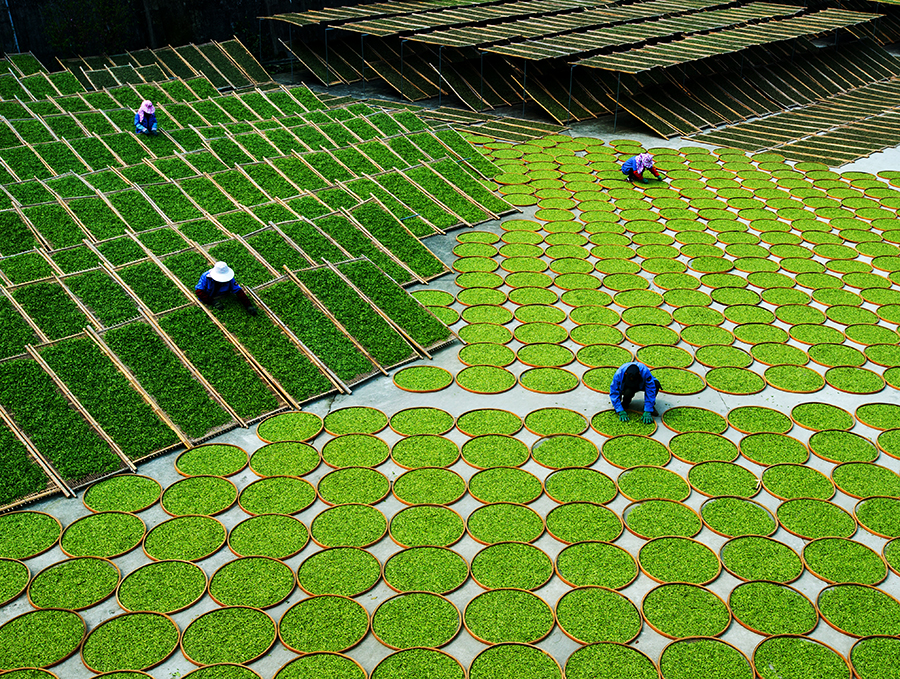

The tea that has delighted and fascinated the world for millennia has finally received top-level global recognition as a shared cultural treasure of mankind.
Traditional tea processing techniques and their associated social practices in China were added to UNESCO's Representative List of the Intangible Cultural Heritage of Humanity on Tuesday.
The status was conferred by the Intergovernmental Committee for the Safeguarding of Intangible Cultural Heritage, hosted in Rabat, Morocco. It consists of knowledge, skills and practices concerning management of tea plantations, picking of tea leaves, and the processing, drinking and sharing of tea.
According to UNESCO, in China traditional tea processing techniques are closely associated with geographical location and natural environment, resulting in a distribution range between 18°-37° N and 94°-122° E.
The techniques are mainly found in the provinces and autonomous regions of Zhejiang, Jiangsu, Jiangxi, Hunan, Anhui, Hubei, Henan, Shaanxi, Yunnan, Guizhou, Sichuan, Fujian, Guangdong and Guangxi. Associated social practices, however, are spread throughout the country and shared by multiple ethnic groups.